Around 9 PM, on the evening of March 4, 1977, Bucharest was hit by an earthquake measuring a whopping 7.3 on the Richter scale. It lasted a little over a minute, during which almost every building in the Romanian capital shook wildly. More than 1,500 people were killed. The earthquake – the epicenter of which was in Vrancea – was felt across the whole Balkan peninsula. Located close to a major fault line, Bucharest has been shaken by a number of major earthquakes over the years. In 1940, more than 300 people died – most of them when the so-called Carlton Block, in Piața Universității collapsed – in the first major quake of the modern era. Though few other buildings were fully destroyed, many were damaged, and it was the failure to consolidate these buildings effectively that led to the carnage of the 1977 quake.
The ‘77 event is still etched in the Romanian collective memory as a major disaster that managed to shape the way city officials handled natural calamities. Historically, this was one of dictator Nicolae Ceaușescu’s most commendable moments of his entire dictatorship, as he ordered the search for survivors to continue after the usual cut-off point and appeared to be a genuinely calming influence on the shaken population. Thousands died around the country, but the capital recorded the most material damage, with over 30 buildings destroyed. This catastrophic event changed the face of architecture in Romania, where all the apartment blocks erected after the 70s are known for their resistant structure.
Earthquakes are, by their very nature, spectacular phenomena because they disrupt the mundane goings-on of society and remind us that all man has ever built can topple down in seconds. 75 seconds to be exact, in the case of the 1977 earthquake. This detail inspired the third and last artist to take part in Live Action Cell, an art residency at the National Museum of Contemporary Art that happened this fall under the artistic direction of Ioana Păun. Throughout this program, international artists met with Romanian anthropologists to conduct urban-artistic researches that are presented to the public as a performance art piece.
Mehdi-Georges Lahlou is a French-Moroccan artist who lives and works in Brussels, Athens and Casablanca. He is internationally renowned for his diverse body of work which incorporates sculpture, photography, sketches and performance art. Another true metamodern practitioner, Lahlou’s art mingles socio-cultural references and attributes and is often rooted in real issues and events, yet he strives to avoid evident political statements. Rather he makes use of various powerful symbols of religion and sexuality to bring to the forefront the dual nature of things. For Lahlou, nothing is set in stone, all meaning is fluid and it’s up to the public to draw its own conclusions. This is why his works are often provocative, aiming to stir something within the public perception, to cause a reaction, be that one of reflection, humor or even awkwardness.
A producer of ambiguous works using elements with very clear connotations, Lahlou is not easy to put in a specific box. Although he trained as a dancer and his relationship to the body is a very obvious concern of his, he is rather known as a sculptor, not just for his literal sculptural works, but for his ability to shape his own particular microcosm and his audience’s imagination alike. As such, all his works, especially his performance pieces, acquire a surreal, theatrical feel that breaks away from the spartan affair of most white cube displays nowadays. One of his main preoccupations is that of memory, in everything this term entails: historic events and their lingering inertia, how one specific incident can be remembered and recounted in more ways than one and how actual memory and affective memory come together to give birth to new, novel narratives.
Earthquakes and affective memory go hand in hand rather nicely: a natural catastrophe that takes place in such a short time span, leaving in its wake massive destruction, takes a heavy toll on one’s psyche. The rumbling earth and the ensuing chaos temporarily suspend time and reason, leaving one to register the events only through the affective filter. In other words, you never remember what happened during an earthquake, but you definitely remember how it made you feel. This is how Mehdi-Georges Lahlou decided to tackle the unusual concept of performing an earthquake. His choice of focusing on the 1977 earthquake nicely aligns his own personal preference for apolitical subject matter with the requirements for this particular residency. In Bucharest he met anthropologist Oana Despa who laid out the characteristics of the event. However, unlike the partly active role that the other researches took on in Live Action Cell, Despa was the only one who actually took part in the final piece and proved to be a crucial element that tied the whole thing together, but until we get to that…
How does one go about performing an earthquake? For Lahlou, affective memory seems to be the key. It makes sense if you think about how the 1977 earthquake has been preserved in the collective memory. Romania has seen its fair share of high seismic events, most notably the one in 1986 that also measured over 7 on the Richter scale, but this one had far fewer casualties. The ’77 earthquake that shook Bucharest served as a wake-up call which still haunts the collective consciousness, even those of us who weren’t born back then. Taking all of these aspects into account, Lahlou set out to create an immersive experience that would, at least partly, have the same affective impact as the ’77 disaster.
Memory and time are intrinsically tied, though memory does not always register time accurately. Affective memory in particular has the tendency to slow down or speed up time according to its own internal logic. Lahlou decided to play with these notions and, subsequently, with the audience’s expectations by proposing a performance piece that only lasts 75 seconds, the duration of the ’77 quake. Only 75 lucky visitors may enter the MNAC Auditorium, the location where the piece is to happen, one at a time for an intimate representation.
The performance took place place on an opening night for the museum, a rather loud and distracting context. However, once you step inside Lahlou’s 75, it’s like you’re transported into another reality. The loud bustle of crowds abruptly stops and is replaced by a soft, melodic flute tune and low voices. Cables and tubes hang from the disaffected ceiling while red lights and elongated shadows graze the walls and serene plant arrangements litter the floor, making for a truly dystopian scenography. Performers are scattered all around, separated by makeshift semi-circular constructions made out of chairs, akin to Jenga blocks that might fall over at any moment. Each of these assemblies contain a carefully crafted tableau of a singular enactment.
In one corner, a woman sits at a table, having a drink while watching videos of the ’77 event on a laptop; every once in a while, she nonchalantly sprinkles some dust that quickly dissipates in the darkness. She might evoke present time, the era of information where knowledge on safety is just one click away, but also the era of vicariousness where it seems like a tragedy of such proportions could never touch us. In the center of the room, a vulnerable figure lies on a heap of rubble, speaking of the calm before the storm and how the birds made no sounds into a microphone he holds close to his chest. This image can be perceived as the embodiment of affective memory: in the wake of destruction only debris and warped memories remain. In the far corner, an elongated silhouette wobbles slowly amid the plants and the gathered chairs, always about to lose balance. The unsteady figure moving in slow motion is, of course, the earthquake itself, but also suggests the slowing down of time. To the left, on a pedestal of cement tiles towers the flautist, unassumingly playing his gentle tune. He strikingly resembles The Fool in Tarot – a young man standing on the edge of a cliff, without a care in the world, seemingly unaware that he is about to skip off a precipice into the unknown. Yet amid all of these surreal, dream-like figures, there is one group of performers that brings an unsettling element of realism to the mix: it is none other than Oana Despa, the anthropologist behind the project, along with her two young daughters, playing together with…building blocks. Their actions aren’t scripted, their game is unrehearsed, it feels all too real because it is! One disturbing detail that connects all performers is the white dust that covers their clothing, becoming the common thread to suggest that earthquakes spare no one. As all these details sink in, one of the little girls tears away from her game and walks over to you. She takes your hand and leads you towards the exit, while gleefully reiterating the same haunting phrases heard throughout the room.
As a veritable sculptor, Lahlou crafted this work as an assembly of performative, auditive and scenographic components that cleverly balances realism and surrealism, while also conveying affective information, for a thought provoking and affective reading. By allowing the audience to enter one at a time, the spectator is effectively isolated from the distracting atmosphere of the venue. The limited time for viewing acts on the memory, which quickly rewires itself to be able to take in as much information as possible. The enshrouded walls and the music at once ensnare the senses, as one takes in the simple yet powerful gestures of the performers. These are performed in a loop, the same simple action enacted over and over again for each individual spectator. In this sense, 75 can be seen as a sandwich performance or a diorama: the multiple components that make up the pieces should not be regarded as individual works, but as elements that potentiate each other and work in unison.
By the looks on the faces exiting the Auditorium, it seems that 75 managed to struck an emotional chord with the audience, as metamodern performance art should. The bewildered or enchanted visitors are a sure sign that this piece does not leave you indifferent. Artists like Mehdi-Georges Lahlou who have seen the light of metamodernism have taken upon themselves to reintegrate in art the affective and emotional factors that have been previously replaced with far more pragmatic views. Though it looks like we’ve reached the “end of history”, it’s art like this that serves as a reminder of the sheer force of nature and our place in grand scheme of things.
This was part III of a series of editorial pieces on Live Action Cell. Read Part I and II.
POSTED BY
Marina Oprea
Marina Oprea (b.1989) lives and works in Bucharest and is the current editor of the online edition of Revista ARTA. She graduated The National University of Fine Arts in Bucharest, with a background i...
marinaoprea.com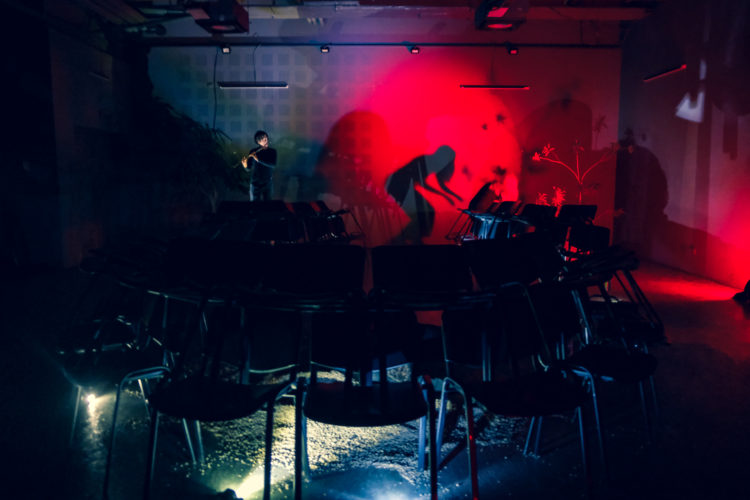


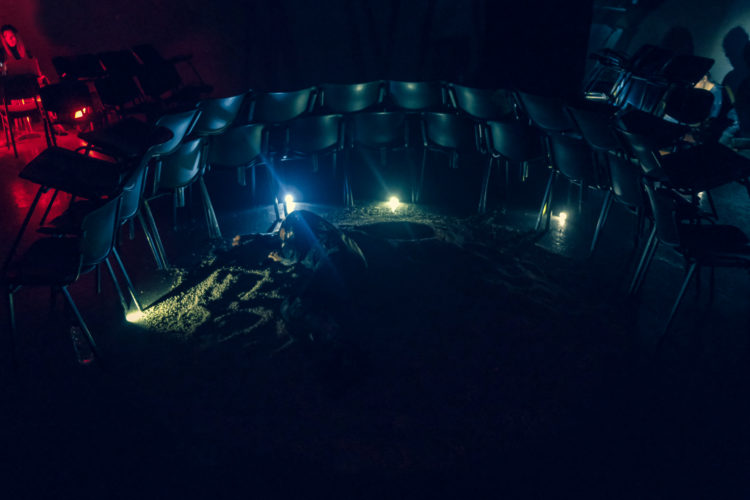
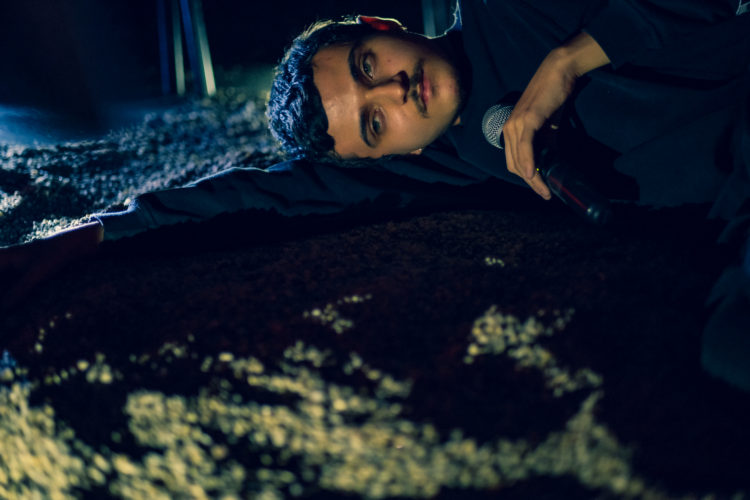
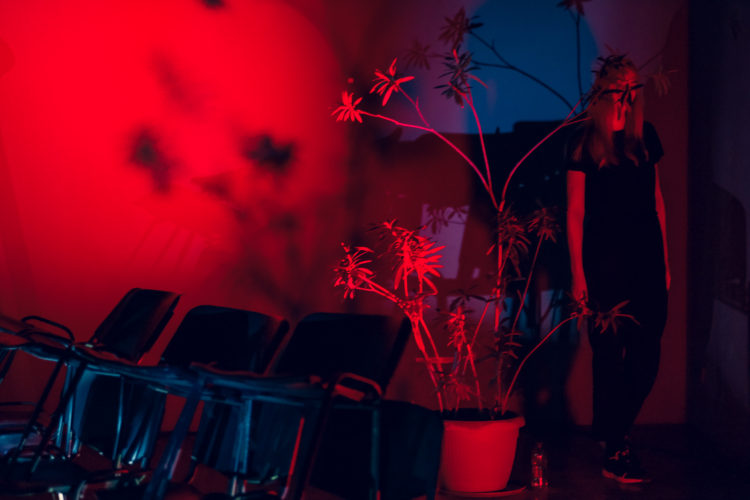
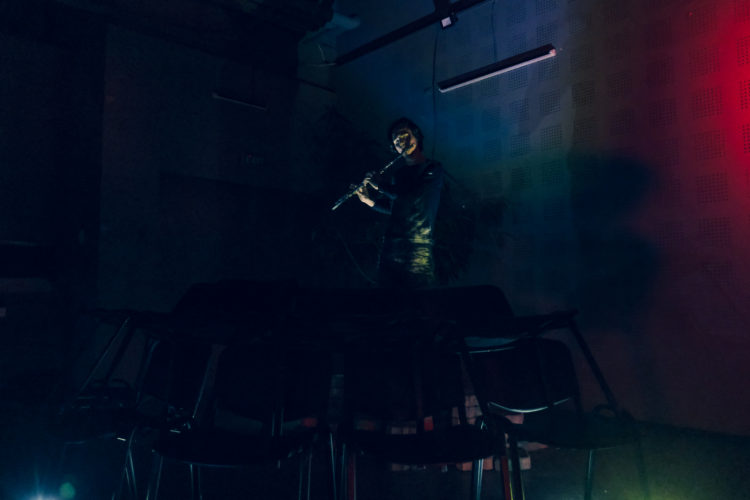
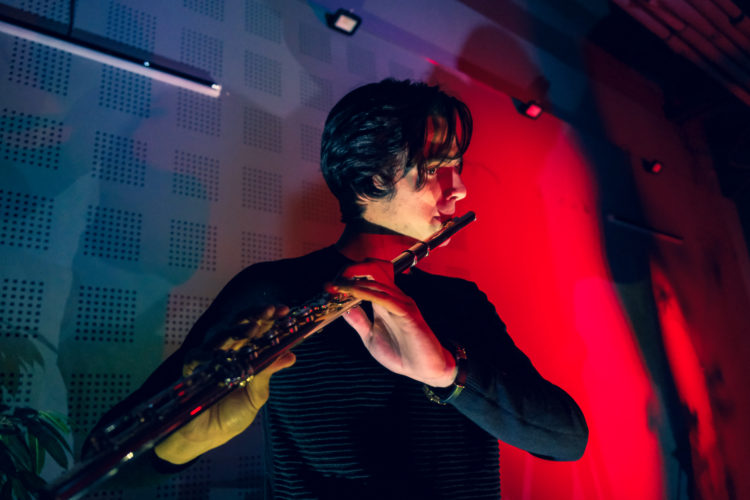
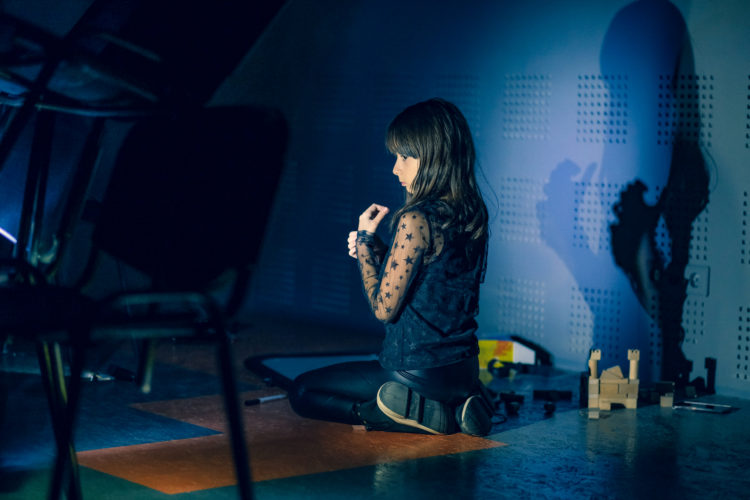

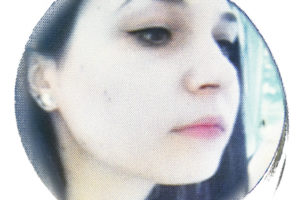
Comments are closed here.